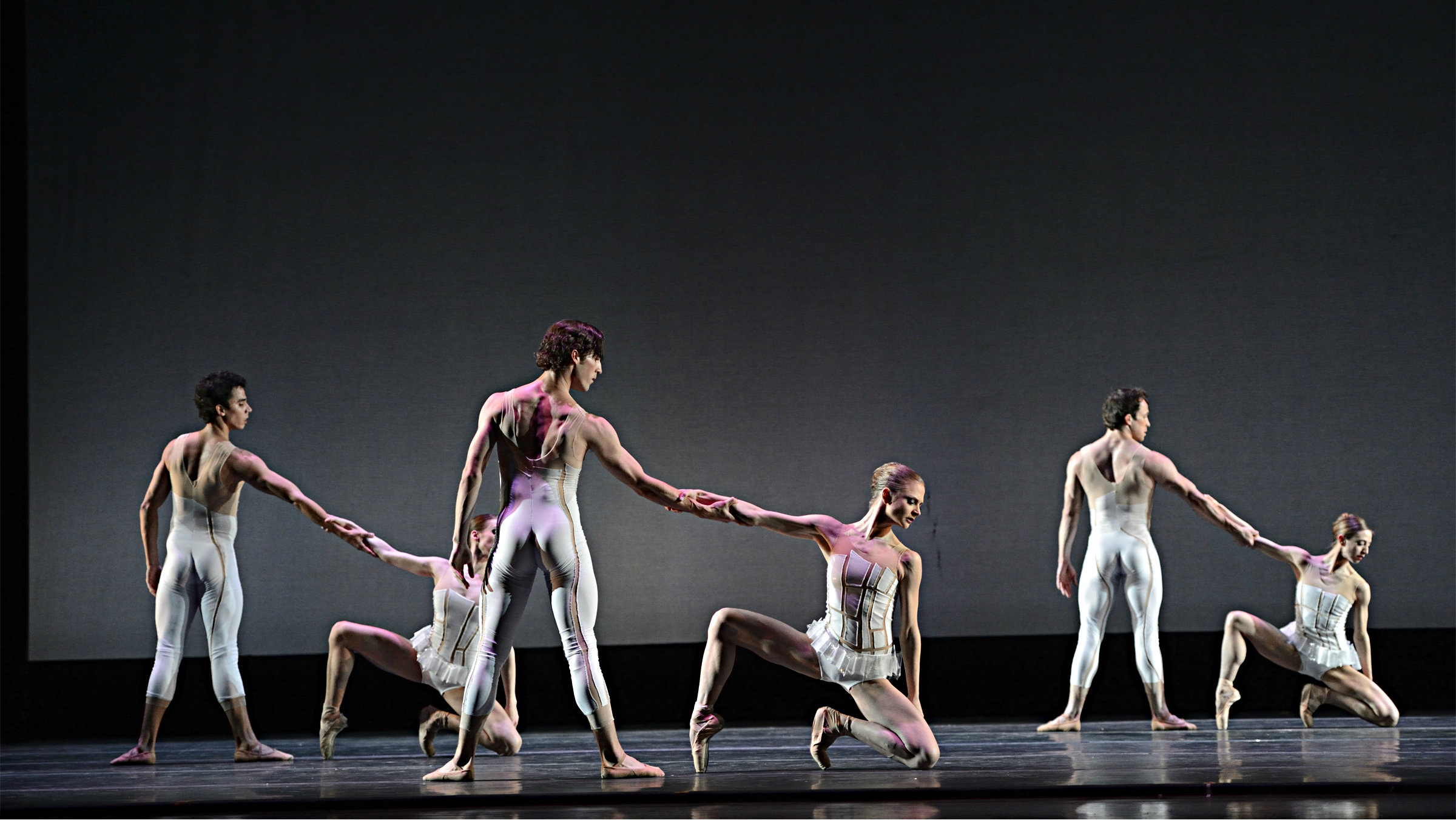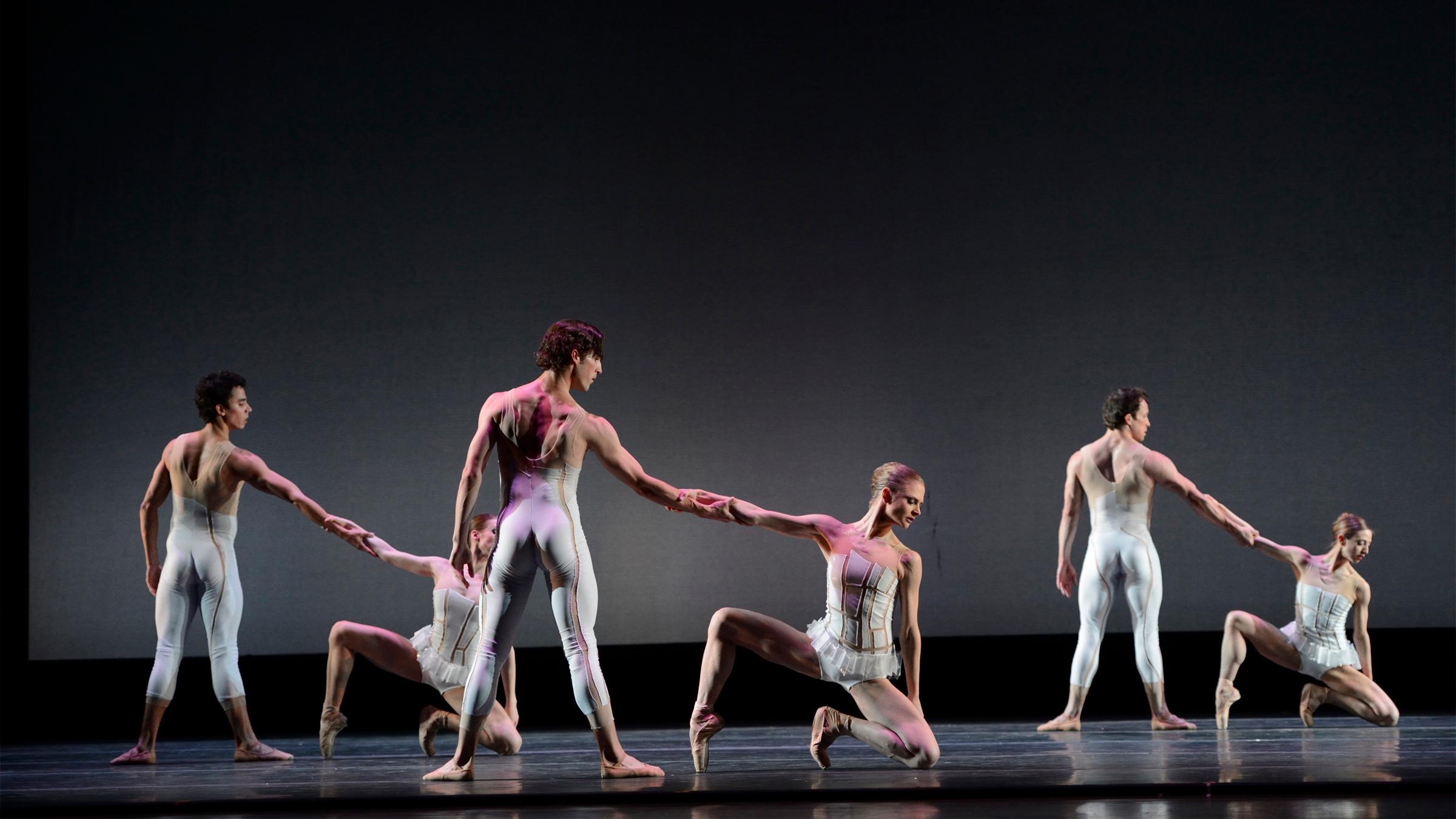

“We had half the set built already costumes were being built and designed,” says general director Greg Carpenter. “There was a lot of fundraising that was already committed to the project so when you have to stare those kinds of decisions in the face nothing seems easy.”
The Colorado Ballet also had to sacrifice a production. It cut one ballet from its season back in 2009 and it has not been able to bring it back yet.
“It’s difficult especially on our dancers,” says artistic director Gil Boggs, “If you lose eight or nine performances from a production each year it is just less opportunity for you to grow as an artist.”

MacMillan says that when these organizations make cuts it tends to be the most artistically innovative things that fall by the way side.
“That really hurts because that’s how you contribute to the national dialogue,” says MacMillan. “That’s how you get the kind of national attention that I would assume these companies are looking for.”
Constance Devereaux is an associate professor in the graduate arts leadership program at Colorado State University in Fort Collins. She trains future arts administrators. Devereaux says arts organizations have to be prepared to make these types of sacrifices. She believes Opera Colorado made the right call in cancelling an opera.
“That may have been the smartest thing they could do at the time rather than risk the whole organization,” says Devereaux.
Arts organization across the country are facing similar challenges, The New York City Opera is bankrupt and just auctioned off its instruments. The Minnesota Orchestra locked-out its musicians and is all but dead.
The situation is not all doom and gloom. The Colorado Symphony is experiencing what it is calling an unprecedented financial turnaround in its most recent annual report.
In 2011 the symphony had a shortfall of more than $1.2 million dollars. Twenty of its thirty board members walked out.
Flash-forward to 2012 and the symphony saw a surplus.
Jerry Kern is the wealthy philanthropist behind the comeback. Kern is essentially a volunteer, he does not draw salary for his work as CEO. Kern denies speculation he used his own personal fortune to bail out the symphony.
Kern says the secret behind the economic recovery is a change in how the symphony looks at new revenue streams. He doesn’t think arts organization should rely on the traditional funding models. "We think people are tired of that," says Kern.
For example, Kern is pursuing alternative ways of bringing in revenue such as streaming video, and producing music for films, commercials, video games and ringtones.
The symphony recently produced a theme and a ringtone for one of its major donors Arrow Electronics. Kern proudly downloaded the ringtone to his own personal phone.
The symphony strategy is just one of many. Each of these organizations will have to come up with its own plan for long term financial health.








